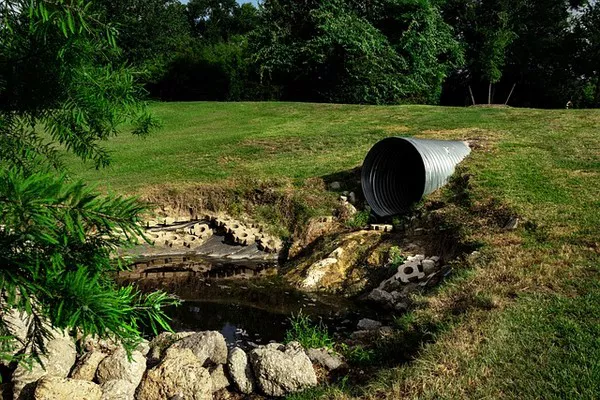Sewage treatment is a critical process that plays a pivotal role in maintaining environmental health and ensuring public safety. As urbanization continues to expand, the need for effective sewage treatment becomes more pronounced. There are three primary types of sewage treatment – primary, secondary, and tertiary – each serving a distinct purpose in the removal of contaminants from wastewater. In this article, we will delve into the intricacies of each treatment stage, highlighting their significance and the processes involved.
Primary Sewage Treatment
The initial stage of sewage treatment is known as primary treatment, which focuses on the physical removal of solid particles and the separation of floating materials from wastewater. This process takes place in large sedimentation tanks, commonly referred to as primary clarifiers. Here, the raw sewage is allowed to settle, allowing heavier particles to sink to the bottom, forming sludge, while lighter materials float to the surface, creating a scum layer.
Primary treatment primarily targets the removal of large, suspended solids, but it is not effective in treating dissolved pollutants. The clarified water, known as effluent, is discharged for further treatment in the subsequent stages. The separated sludge undergoes further treatment processes, such as anaerobic digestion, to reduce its volume and stabilize its organic content before disposal or reuse.
While primary treatment is a crucial first step in wastewater treatment, it alone may not be sufficient for meeting environmental discharge standards. Therefore, it is often followed by secondary treatment to address dissolved and colloidal impurities more effectively.
See Also: What Does A Wastewater Treatment Plant Operator Do?
Secondary Sewage Treatment
Secondary treatment involves the biological removal of dissolved and colloidal organic matter, as well as the remaining suspended solids from the wastewater that undergoes primary treatment. This stage employs microorganisms, such as bacteria and algae, to break down the organic pollutants present in the water. The two most common methods of secondary treatment are the activated sludge process and the trickling filter process.
In the activated sludge process, the effluent from the primary treatment is mixed with a microbial sludge containing aerobic bacteria. This mixture undergoes aeration, promoting the growth of microorganisms that consume organic matter. The treated water is then separated from the microbial sludge and discharged or subjected to further treatment.
The trickling filter process involves passing the effluent over a bed of rocks or synthetic media, on which microorganisms form a biofilm. As the wastewater trickles over the biofilm, the microorganisms metabolize organic pollutants. The treated water is then collected and further processed if needed.
Secondary treatment significantly improves the quality of the effluent, reducing the concentration of pollutants and pathogens. It is a crucial step in ensuring that treated wastewater meets regulatory standards before being released into natural water bodies or reused for non-potable purposes.
Tertiary Sewage Treatment
Tertiary treatment is the final stage of sewage treatment, designed to further enhance the quality of the effluent produced by the secondary treatment process. This stage is optional and is implemented when stringent water quality standards or specific reuse applications necessitate additional treatment.
Various methods are employed in tertiary treatment, including advanced filtration, chemical coagulation, and disinfection. Filtration methods, such as sand or membrane filtration, effectively remove remaining suspended solids and microorganisms from the water. Chemical coagulation involves the addition of chemicals to facilitate the aggregation of fine particles, making them easier to separate from the water.
Disinfection is a critical component of tertiary treatment, aimed at eliminating or reducing the concentration of pathogenic microorganisms in the effluent. Common disinfection methods include chlorination, ultraviolet (UV) irradiation, and ozonation. Each method has its advantages and limitations, and the choice depends on factors such as cost, environmental impact, and regulatory requirements.
Conclusion
In conclusion, sewage treatment is a multi-stage process crucial for safeguarding public health and protecting the environment. The three primary types of sewage treatment – primary, secondary, and tertiary – work in tandem to remove various pollutants and contaminants from wastewater. Primary treatment addresses large solids, secondary treatment focuses on dissolved and colloidal organic matter, and tertiary treatment provides additional polishing to meet specific water quality standards.
As population growth and urbanization continue, the demand for effective sewage treatment will only intensify. The development and implementation of advanced technologies and sustainable practices will play a crucial role in ensuring that sewage treatment facilities meet the challenges of the future while minimizing their environmental impact. With ongoing research and innovation, the field of sewage treatment is poised to evolve, offering even more efficient and environmentally friendly solutions to address the complexities of wastewater management.

